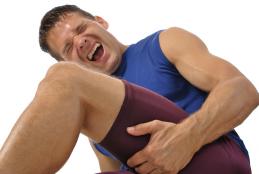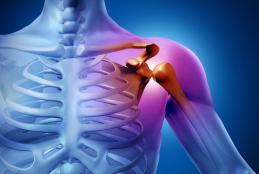Constipation
Common wisdom has always dictated that exercise increases healthy bowel function. Recent research in the field has not shown a correlation between jogging, for instance, and healthier bowel function, however there are many reasons why Clinical Somatics can improve a condition of constipation, and we can see where there is still wisdom in the correlation between movement, exercise and proper elimination.




